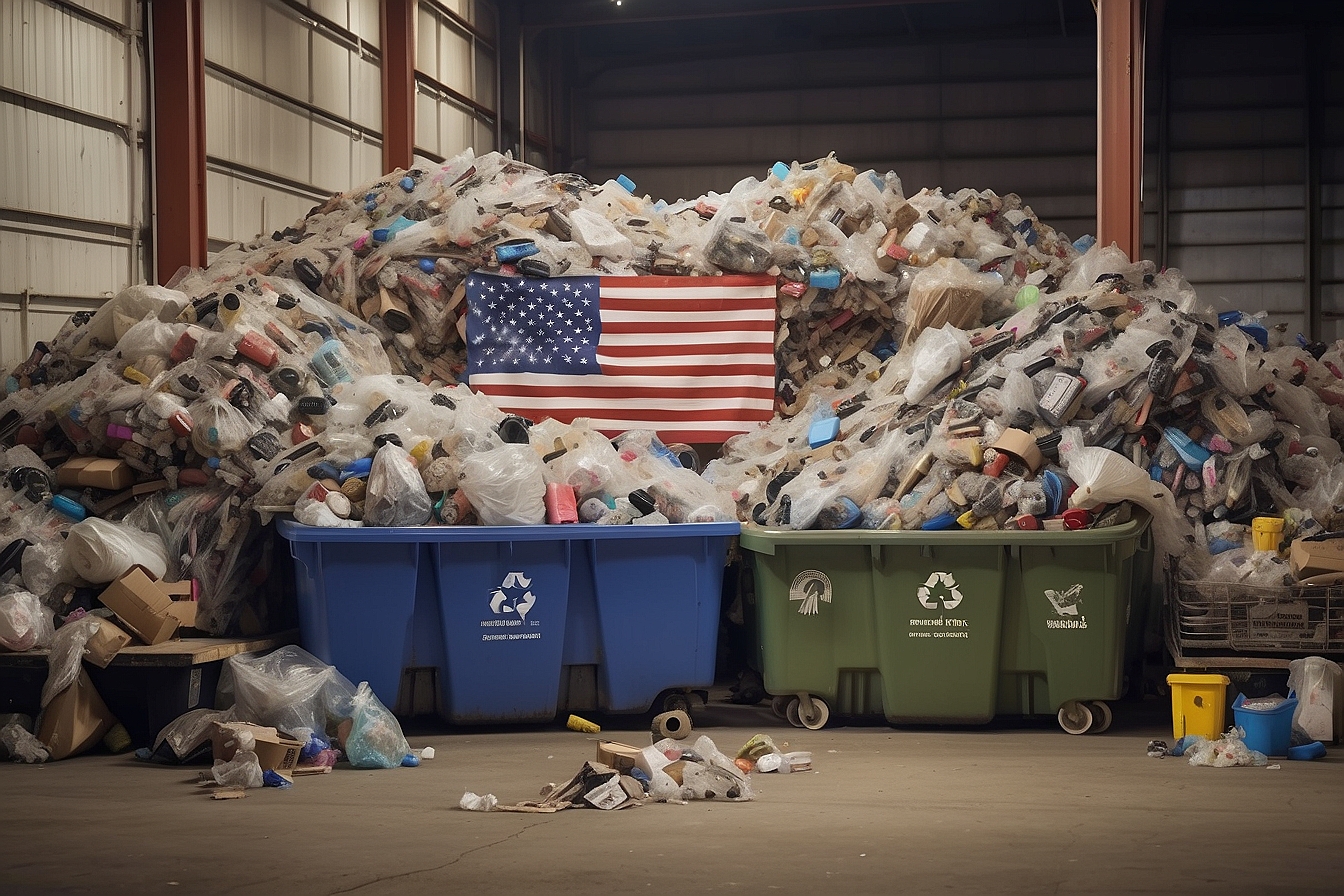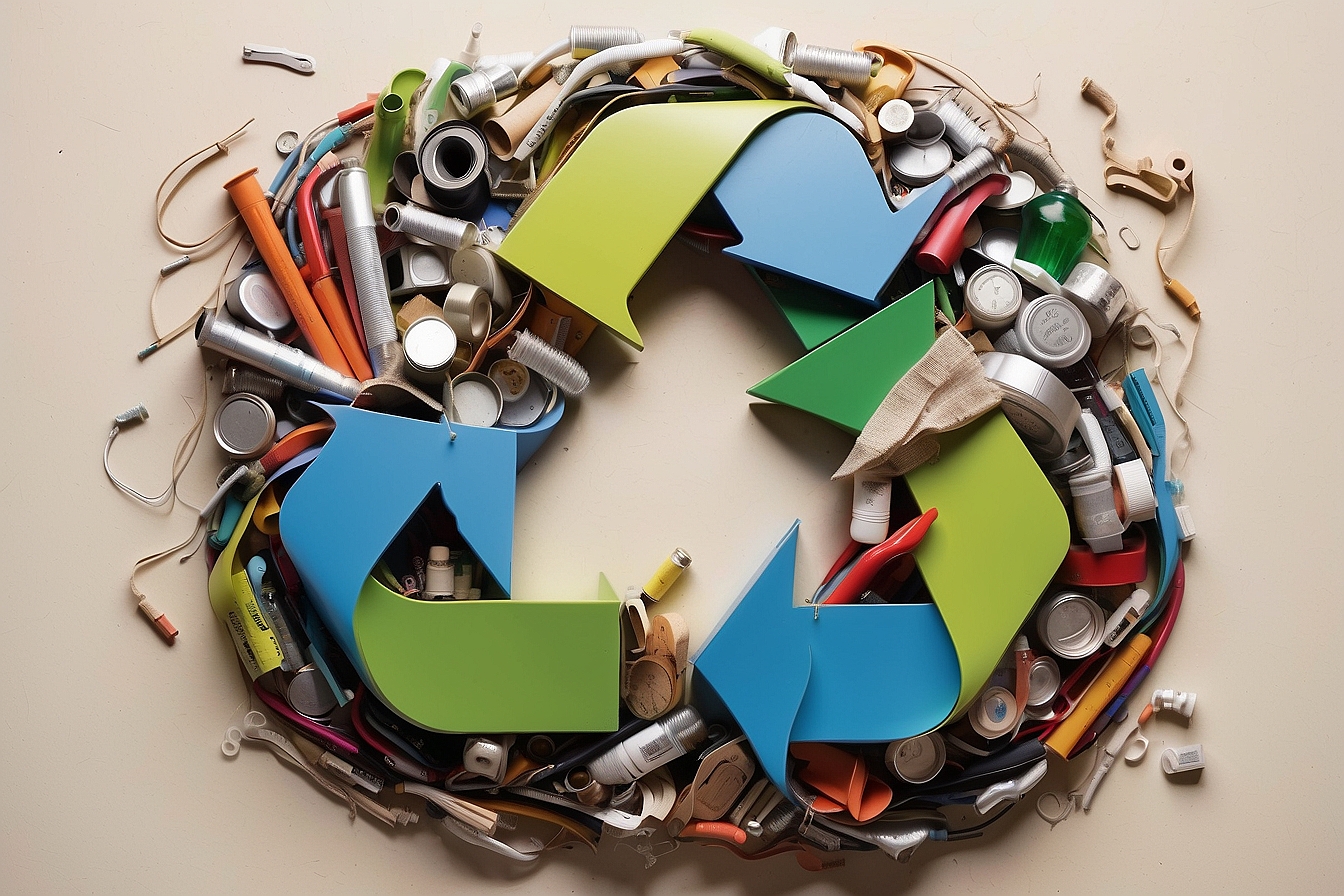Are you feeling utterly swamped by the relentless tide of clutter and complexity that defines our modern lives? It’s a familiar tale, one that many of us can empathise with, as we navigate through this intricate web.
Yet, there’s solace in knowing that minimalism has proven its worth; an impressive 150,000 hours are reclaimed each year by those embracing this approach. This article aims to illuminate the path toward adopting a minimalist lifestyle—a beacon leading you to a place of tranquillity and meaningful existence.
Do carry on reading; your sanctuary of calm beckons.
Key Takeaways
- Minimalism attracts people who want more simplicity and meaning in life, promoting tranquillity and intentional living.
- Environmental concerns drive the minimalist trend, with smaller living spaces and less consumption reducing ecological footprints.
- Cultural influences from Japan and Scandinavia, as well as inspiration from influencers like Marie Kondo, have popularised minimalism’s focus on joy and functionality.
- Choosing experiences over possessions allows for financial freedom while supporting sustainable practices that benefit the planet.
- Social media plays a big role in spreading minimalist ideals by showcasing benefits such as mental clarity, reduced stress, and increased sustainability.
Reasons for the Growing Trend of Minimalist Lifestyles
The desire for a simpler, more fulfilling life and environmental concerns are driving the growing trend of minimalist lifestyles. Influences from Japanese and Nordic cultures, valuing experiences over possessions, financial freedom, and tiny living also play a significant role in this lifestyle movement.
Desire for a simpler, more fulfilling life
We seek simplicity amidst our fast-paced lives, yearning for a space that breathes tranquillity and purpose. Living minimally allows us to focus on what truly matters, stripping away the excess that clutters our homes and minds.
By choosing less, we embrace a life of freedom from the shackles of unnecessary possessions.
Shifting towards minimalism isn’t just about decluttering; it’s a commitment to eco-friendly living and mindful consumption. It’s an intentional step towards sustainability, recognising our responsibility to nurture and conserve our environment for generations to come.
Embracing this lifestyle leads us next to consider how environmental concerns further fuel the minimalist movement.
Environmental concerns
Many people are embracing minimalist lifestyles due to their environmental concerns. By consuming less and living in smaller spaces, individuals can reduce their ecological footprint and contribute to conservation efforts.
This shift towards conscious consumerism prioritises sustainable choices over excessive consumption, promoting a healthier planet for future generations. Embracing minimalism allows us to make mindful decisions about our impact on the environment, fostering a more eco-friendly way of life.
The influence of minimalist lifestyles on the environment is undeniable as it encourages us to be thoughtful about our consumption habits. Making conscious choices not only benefits ourselves but also has a positive ripple effect on the world around us, contributing to ongoing conservation efforts and promoting an environmentally friendly future.
Influence from Japanese and Nordic cultures
The minimalist lifestyle has been significantly influenced by Japanese and Nordic cultures. These influences can be seen in the emphasis on simplicity, functionality, and clean design.
The idea of “wabi-sabi” from Japanese culture celebrates imperfection and transience, encouraging a more mindful approach to consuming and valuing what we have. Similarly, Nordic design principles embrace minimalism, focusing on quality over quantity and creating serene living spaces.
Both cultures value sustainability and craftsmanship, which align with the environmentally conscious ethos of minimalism.
By integrating these cultural influences into our lives, we can adopt a more intentional approach to consumption, choosing items that spark joy while being mindful of their impact on the environment.
Shift towards valuing experiences over possessions
Many people today are prioritising experiences over possessions, recognising the value of creating memories and moments rather than accumulating material goods. This shift is driven by a desire for a more fulfilling life, emphasising mindfulness, intentional living, and the pursuit of happiness through shared experiences with loved ones.
Embracing this mindset not only reduces unnecessary consumption but also fosters a deeper connection to nature and promotes sustainable practices that align with our environmental concerns.
By valuing experiences over possessions, we can lead simpler lives focused on what truly matters, ultimately contributing to a healthier planet for future generations.
The growing trend towards valuing experiences over possessions has been influenced by various factors such as social media endorsements from influencers like Marie Kondo and economic motivations towards financial freedom.
Moreover, minimalist design trends have further popularised this lifestyle choice, encouraging individuals to live with greater purpose and intentionality while minimising their carbon footprint.
Influence from influencers like Marie Kondo
Influencers like Marie Kondo have played a significant role in popularising minimalist lifestyles. Through her best-selling books and Netflix series, Kondo has introduced the concept of decluttering and organising possessions based on joy, resonating with individuals seeking simplicity and frugal living.
Her emphasis on intentional consumption aligns with environmental concerns, promoting the idea of owning only what truly brings value and joy. By encouraging people to focus on experiences over material possessions, she has also contributed to the shift towards essentialism and slow living, influencing many to embrace a simpler way of life.
Kondo’s influence extends beyond decluttering physical spaces; it fosters an appreciation for intentional consumerism, encouraging mindful purchases and reducing waste while embracing sustainability.
As environmentally conscious individuals supporting conservation and environmental initiatives tapped into by influencers like Marie Kondo can create a lasting impact.
Financial freedom
Financial freedom can be achieved through a minimalist lifestyle by reducing unnecessary expenses and focusing on the things that truly matter. By prioritising experiences over material possessions, individuals can free up their resources to invest in meaningful activities, such as travel or supporting environmental initiatives.
Downsizing living spaces and embracing simple design trends not only reduce financial burdens but also contribute to a more sustainable way of living. Embracing minimalism allows us to break free from the cycle of consumerism, leading to greater financial stability and peace of mind.
Choosing minimalism means choosing freedom – the freedom from excessive debt, stress, and a constant desire for more. With fewer material distractions, we have more time and energy to focus on what truly brings us joy and fulfilment while aligning our actions with our environmental values.
Tiny living
Transitioning from financial freedom to the concept of tiny living, embracing a minimalist lifestyle often involves downsizing and simplifying one’s living space. Tiny living refers to the increasing trend of choosing smaller, more efficient homes, which aligns with the environmentally conscious mindset.
By opting for compact dwellings, individuals contribute to conservation efforts and reduce their ecological footprint.
Embracing tiny living not only promotes sustainable practices but also encourages a shift towards prioritising experiences over material possessions. This choice allows for greater freedom and flexibility while promoting a sense of simplicity and minimalism in everyday life.
Design trends
Design trends in minimalist living emphasise functionality and simplicity. Clean lines, neutral colours, and uncluttered spaces are key features of minimalist design. Sustainable materials like bamboo, cork, and reclaimed wood are popular choices for furniture and decor.
Multi-purpose furniture that maximises space usage is also a significant trend in minimalist home design. Additionally, indoor plants play a vital role in adding natural elements to the minimalistic interiors while promoting a healthy living environment.
Minimalist design not only creates visually appealing spaces but also aligns with environmentally conscious values by reducing waste and encouraging sustainable practices. The integration of eco-friendly materials alongside versatile, space-saving solutions reflects the dedication to conservation and environmental well-being associated with the minimalist lifestyle.
Social media and the internet
Social media and the internet have played a significant role in popularising minimalist lifestyles. Online platforms showcase how simplicity can enhance well-being, inspiring many to embrace this way of living.
With influencers promoting decluttering tips and sustainable practices, these digital spaces are fuelling the movement towards minimalism. Additionally, online communities provide support for those seeking to adopt eco-friendly habits, fostering a sense of environmental responsibility in individuals striving for simplicity.
Furthermore, social media enables the exchange of ideas on minimalist design trends and sustainable living solutions. It acts as a hub for sharing resources and information on achieving an uncluttered lifestyle, thus contributing to the propagation of conscious consumerism among like-minded individuals seeking freedom from material possessions.
The Everlasting Appeal of Minimalism
Minimalism provides peace of mind, clarity, and focus in a chaotic world and offers freedom and time for what truly matters. It’s a timeless lifestyle that continues to resonate with people seeking simplicity and fulfillment.
Provides peace of mind, clarity, and focus
Embracing a minimalist lifestyle enables us to declutter our physical spaces, leading to a sense of calm and tranquility. By simplifying our surroundings and possessions, we can achieve mental clarity, reducing stress and anxiety.
This intentional focus on what truly matters brings about a clear perspective, allowing us to concentrate on the present moment rather than being weighed down by material distractions.
Choosing simplicity over excess empowers individuals to direct their energy towards meaningful experiences and relationships. With fewer material possessions demanding attention, minimalism cultivates the freedom to pursue activities that bring joy and fulfillment.
Offers freedom and time
Embracing a minimalist lifestyle frees up valuable time and resources, allowing us to focus on the things that truly matter. By decluttering our lives and letting go of unnecessary possessions, we create space for meaningful experiences and relationships.
This newfound freedom enables us to pursue passions, engage in activities that bring joy, and contribute positively to our environment.
Choosing simplicity over materialism empowers us to live intentionally, devoting our time and energy towards what aligns with our values. Embracing minimalism provides the opportunity to break free from the relentless pursuit of more, granting us the precious gift of time to savor life’s moments and make a difference in the world around us.
Relevant in today’s chaotic world
With the chaos and constant buzz of modern life, the appeal of minimalist lifestyles has only grown stronger. Simple living offers a respite from the overwhelming demands and distractions that surround us.
In an era where stress levels are high, embracing minimalism provides individuals with a way to cultivate clarity and focus in their daily lives, enabling them to prioritise what truly matters.
The timeless allure of this lifestyle choice resonates deeply in today’s hectic world, offering a pathway towards less stress and more peace of mind.
Conclusion
In conclusion, the minimalist lifestyle continues to gain traction for numerous reasons. Individuals are seeking a simpler, more fulfilling life and valuing experiences over possessions.
Influences from Japanese and Nordic cultures, along with figures like Marie Kondo, have further popularised this movement. Moreover, the desire for financial freedom and environmental concerns also fuel the growing trend of minimalism.
FAQs
1. What is a minimalist lifestyle?
A minimalist lifestyle is about living with fewer possessions and focusing on what’s essential for happiness.
2. How do I start practicing minimalism?
Start by decluttering your space, keeping only the items that serve a purpose or bring you joy.
3. Can minimalism save me money?
Yes, by buying less and choosing quality over quantity, minimalism can help you save money.
4. Will living minimally make my home look empty?
No, it can make your home look neater and more spacious while reflecting your personal style.
5. Does minimalism mean I cannot own anything nice?
No, minimalism isn’t about deprivation; it’s about cherishing things that matter to you most without excess clutter.





